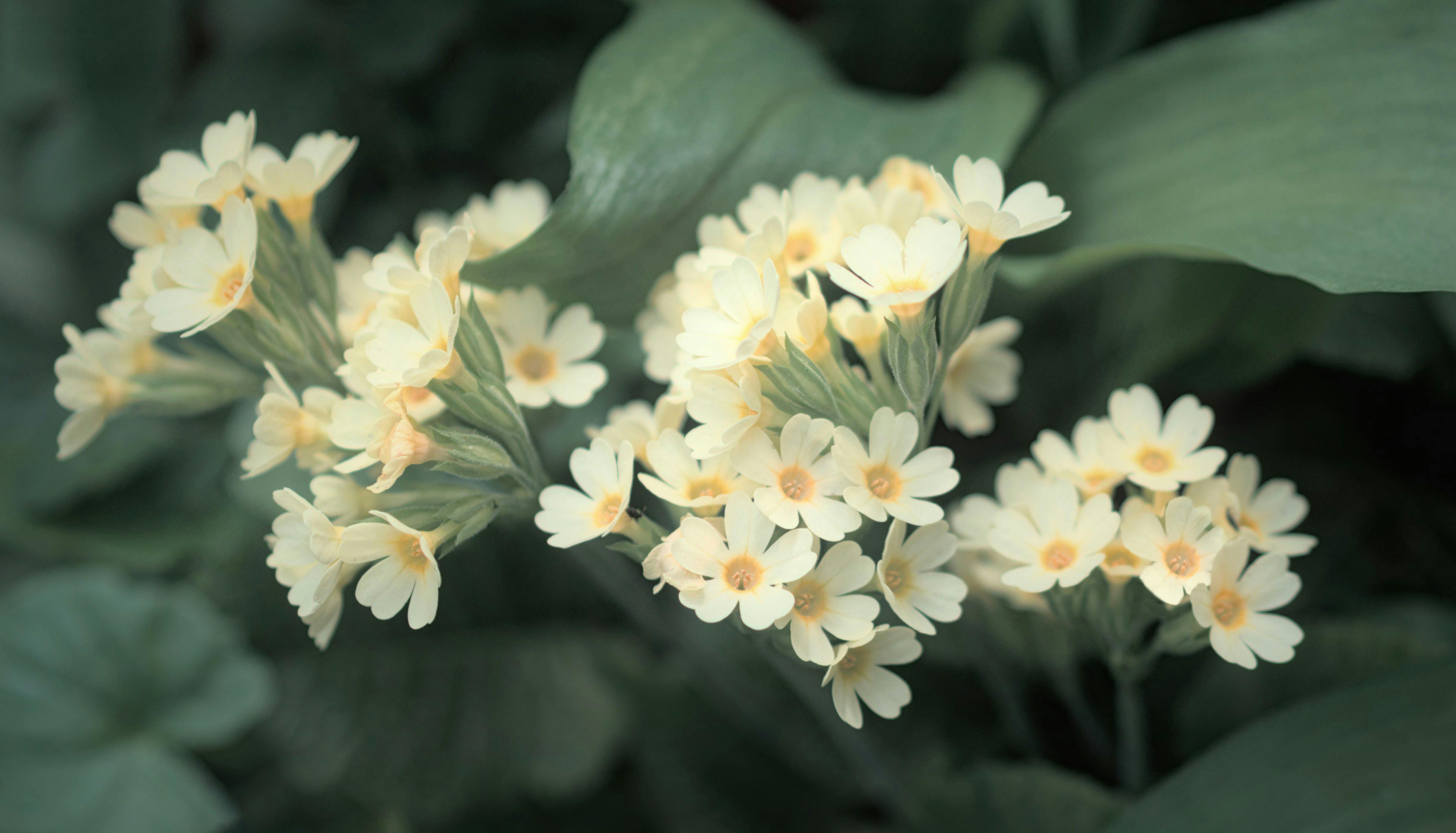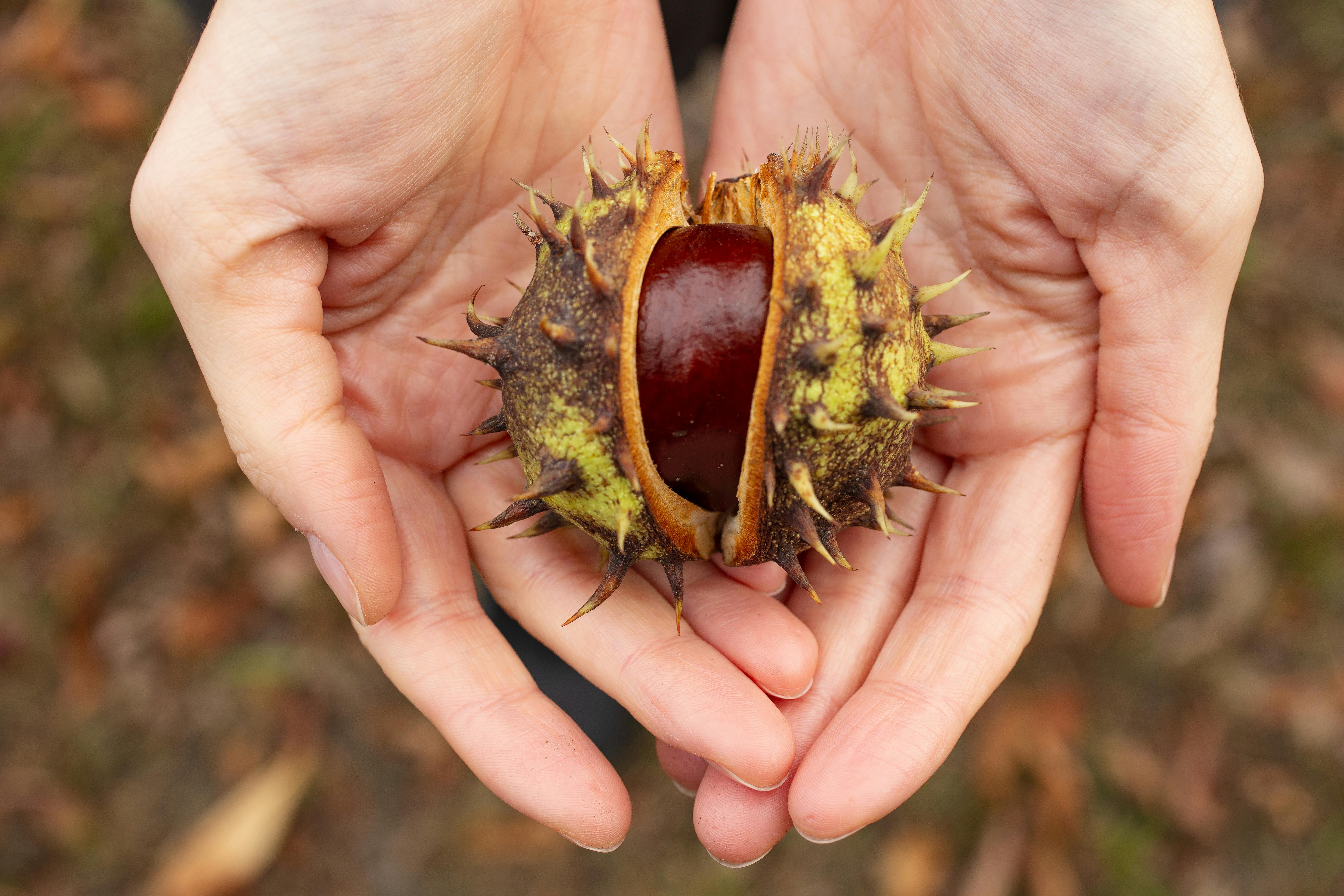Mr. Gardener: Your Ultimate Gardening Companion
Gardening is not just a hobby; it’s a way to cultivate beauty in your surroundings, contribute to the environment, and even grow your own food. With the rise of gardening enthusiasts, tools like “Mr. Gardener” have emerged to help simplify the gardening experience. This article explores various aspects of gardening, supported by the helpful insights offered by Mr. Gardener.
Choosing the Right Gardening Tools
One of the foundational elements of successful gardening is having the right tools on hand. **Mr. Gardener** emphasizes that the choice of tools can significantly affect your gardening experience. Essential tools typically include pruning shears, trowels, and hand forks. However, specialized tools like ergonomic hand rakes can help prevent strain on the hands and back, making your gardening sessions more enjoyable.
High-Quality Pruning Shears for Optimal Growth
When it comes to maintaining plant health, high-quality **pruning shears** are indispensable. They allow for precise cuts that promote healing and prevent disease. **Mr. Gardener** recommends investing in a pair with a comfortable grip and a good locking mechanism for safety. Regularly pruning your plants not only helps them grow stronger but also encourages blooming, especially in flowering plants. Remember to sterilize your shears between plants to avoid spreading diseases.

Ergonomic Gardening Tools for Comfort
Gardening can sometimes lead to physical strain, especially if you are using inadequate tools. **Mr. Gardener** suggests opting for ergonomic gardening tools designed for comfort and efficiency. These tools reduce the risk of injuries and fatigue during long gardening sessions. Simple ergonomic designs can make a world of difference, particularly for those with limited strength or mobility issues.
Understanding Soil Types and Their Importance
Soil is the foundation of gardening success. Understanding different **soil types** helps you make better decisions regarding plant selection and placement. **Mr. Gardener** elaborates that there are three primary types of soil: sandy, clay, and loamy. Each type has its advantages and drawbacks, influencing water retention, nutrient availability, and drainage. Conducting a simple soil test can provide insights into the health of your garden soil and guide you in making adjustments.
Identifying Soil Type
A straightforward method to determine your soil type involves a simple jar test. Fill a clear jar with soil and water, shake it up, then let it settle. Over time, you’ll see layers form, showing how much silt, sand, and clay your soil contains. **Mr. Gardener** notes that knowing your soil type can help you choose the right plants and determine the best soil amendments for your garden. For instance, sandy soil drains quickly but might require more frequent watering.
Improving Soil Quality
Improving your soil quality is essential for fostering healthy plant growth. **Mr. Gardener** advises incorporating organic matter, such as compost or well-rotted manure. These amendments enhance soil structure, improve drainage, and add vital nutrients. Regular mulching also helps maintain moisture and suppress weeds, creating a more manageable gardening environment. Rotating crops can further enhance soil health by preventing nutrient depletion.

Effective Watering Techniques
Proper watering is crucial in gardening—too much or too little can adversely affect your plants. **Mr. Gardener** suggests adapting your watering techniques based on the season and plant type. Utilizing drip irrigation systems can efficiently deliver moisture directly to the roots, minimizing water waste. Incorporating moisture-retentive materials, such as mulch, also helps keep the soil moist for longer periods.
When to Water Your Garden
Timing can significantly impact the effectiveness of watering. Watering early in the morning or late in the evening is most effective to reduce evaporation. **Mr. Gardener** emphasizes observing your plants: drooping leaves often signal the need for water. Additionally, check the top inch of soil; if it feels dry, it’s time to water. Over time, you will become more attuned to the hydration needs of your garden.
Advanced Irrigation Techniques
For those looking to take their watering to the next level, **Mr. Gardener** encourages exploring smart irrigation technologies. These systems use soil moisture sensors to determine when to water automatically, enabling efficient water use. By installing a rainwater harvesting system, you can also create a sustainable source for your garden, conserving both water and energy resources.
Creating a Sustainable Garden
Eco-friendly gardening practices are crucial for environmental conservation. **Mr. Gardener** stresses the importance of sustainable gardening techniques, such as permaculture and organic gardening, which minimize waste and enhance biodiversity. Implementing companion planting can naturally repel pests while boosting plant growth.
The Benefits of Composting
Composting is an excellent way to recycle kitchen scraps and yard waste back into your garden. **Mr. Gardener** highlights that compost not only enriches soil but also improves its structure and biodiversity. Regularly turning your compost pile and using a mix of green (nitrogen-rich) and brown (carbon-rich) materials will enhance decomposition. A well-maintained compost pile can also be an effective way to reduce landfill waste.
Choosing Native Plants for Biodiversity
Native plants are well-adapted to local conditions and require fewer resources to thrive. **Mr. Gardener** notes that by incorporating native species into your garden, you can promote local wildlife and reduce your water and fertilizer needs. This biodiversity supports various pollinators and contributes to a balanced ecosystem. Researching local native plants can help you make informed decisions on what to include in your garden design.
Key Takeaways
- Choosing the right gardening tools can greatly enhance your gardening experience.
- Understanding your soil type is crucial for plant health.
- Implementing effective watering techniques ensures your garden thrives.
- Sustainable gardening practices benefit both the environment and your garden.
FAQ
1. What are the best tools for beginner gardeners?
For beginner gardeners, essential tools include trowels, pruning shears, and a sturdy hand rake. **Mr. Gardener** recommends ergonomic designs to ease strain during gardening tasks. Starting with the basics allows new gardeners to become comfortable before investing in more specialized tools.
2. How can I improve my garden soil?
To improve your garden soil, consider incorporating organic matter like compost, which enhances nutrient content and soil structure. **Mr. Gardener** also suggests regular soil testing to tailor amendments to your garden’s specific needs.
3. What is the ideal watering schedule for a vegetable garden?
The ideal watering schedule for most vegetable gardens is once or twice a week, depending on local climate conditions. **Mr. Gardener** states that early morning watering minimizes evaporation and allows plants to absorb moisture before the heat of the day.
4. How do I prevent pests in my garden?
Preventing pests can involve various strategies such as crop rotation, using companion plants that deter pests, and encouraging natural predators like ladybugs. **Mr. Gardener** also advocates for maintaining plant health, as strong plants are more resilient to pest invasions.
5. Why should I consider native plants?
Using native plants supports local biodiversity, requires fewer resources, and often leads to easier maintenance. **Mr. Gardener** notes that native plants are adapted to local soil and climate conditions, thriving with minimal input.
6. How can I start composting at home?
Starting a compost bin at home involves collecting kitchen scraps and yard waste. **Mr. Gardener** suggests maintaining a balance of green and brown materials and regularly turning the pile to encourage decomposition. Over time, your compost will provide rich nutrients for your garden.
7. What should I do during the off-season?
During the off-season, consider planning for the next gardening cycle by researching new plants, improving soil health, and maintaining tools. **Mr. Gardener** emphasizes that winter can be a great time to reflect on successes and areas for improvement. Engaging in these activities can prepare you for fruitful gardening in the upcoming season.
